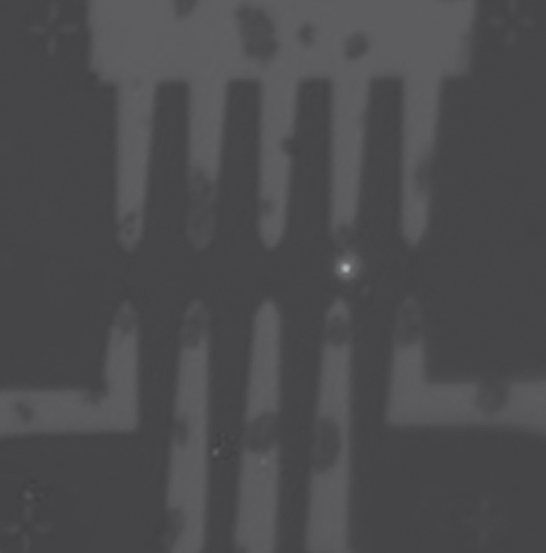Development goals of nano-electromechanical systems (NEMS) (PhD in nano-microelectronics)
Researcher and author: Dr. ( Afshin Rashid)
Note: Objectives for the development of nano-electromechanical systems (NEMS) The device is made entirely of (crystalline) metal oxides, a class of compounds that demonstrates a wide range of physical properties, with the prospect of introducing new classes of converters with Unprecedented mechanisms for detecting and integrating more capabilities into nanomechanical systems. This new technology approach will add multipurpose oxides to the current MEMS / NEMS field set.
The advancement of science to our technology is the realization of the concept of the NEMS device based on super-sensitive oxides for the detection of biomagnetic fields. The MEMS / NEMS field set will implement hypersensitive detectors capable of measuring very weak magnetic fields that target magnetic fields generated by human brain activity for tens of times the MEMS / NEMS field set . نددهند. MEMS / NEMS devices enable precise control of these nanoscale interactions and provide an ideal platform for interaction with the nanoscale world. It involves the integration of sub-micron-active materials and elements that combine mechanical, optical and electrical signals to produce nanostructured structures.
The use of nanotechnology in the application of nano-bio-sensors has facilitated the precise control and fine-tuning of nano-environmental functions. Nanostructures are widely used in the field of nano-biosensors due to their small size in nanometers and multiple functions in specific locations . Develop various types of multifunctional MEMS / NEMS devices with micro and nanoelectronic features for biomedical applications (BioMEMS / BioNEMS ) through various fabrication techniques and biocompatible nanomaterials . However, the integration of devices with the physiological environment of nano-biosensors is a major problem . Most of them lose their function due to the limitations of nanoparticles in nano-biosensors and cause The effects are adverse. In laboratory conditions and in applications of bioenvironmental nanosensors, the performance of Bio MEMS implants such as biosensors , intelligent stents, etc., as well as the interaction of these devices with the physiological environment of nano biosensors and biocompatible BioMEMS for use in evolutionary structure And the architecture of nano biosensors is essential. Innovative use of nano-microelectronic systems (nano-electro-mechanical systems NEMS ) in the application of nano- bioelectronic sensors, has provided favorable conditions for (nano NEMS) to accurately and correctly detect environmental factors .
Conclusion :
Objectives The development of nano-electromechanical systems (NEMS) devices made entirely of (crystalline) metal oxides, a class of compounds that demonstrate a wide range of physical properties, built with the prospect of introducing new classes of converters with mechanisms No history of detecting and integrating more capabilities in nanomechanical systems. This new technology approach will add multipurpose oxides to the current MEMS / NEMS field set.
Researcher and author: Dr. ( Afshin Rashid)
PhD in Nano-Microelectronics




